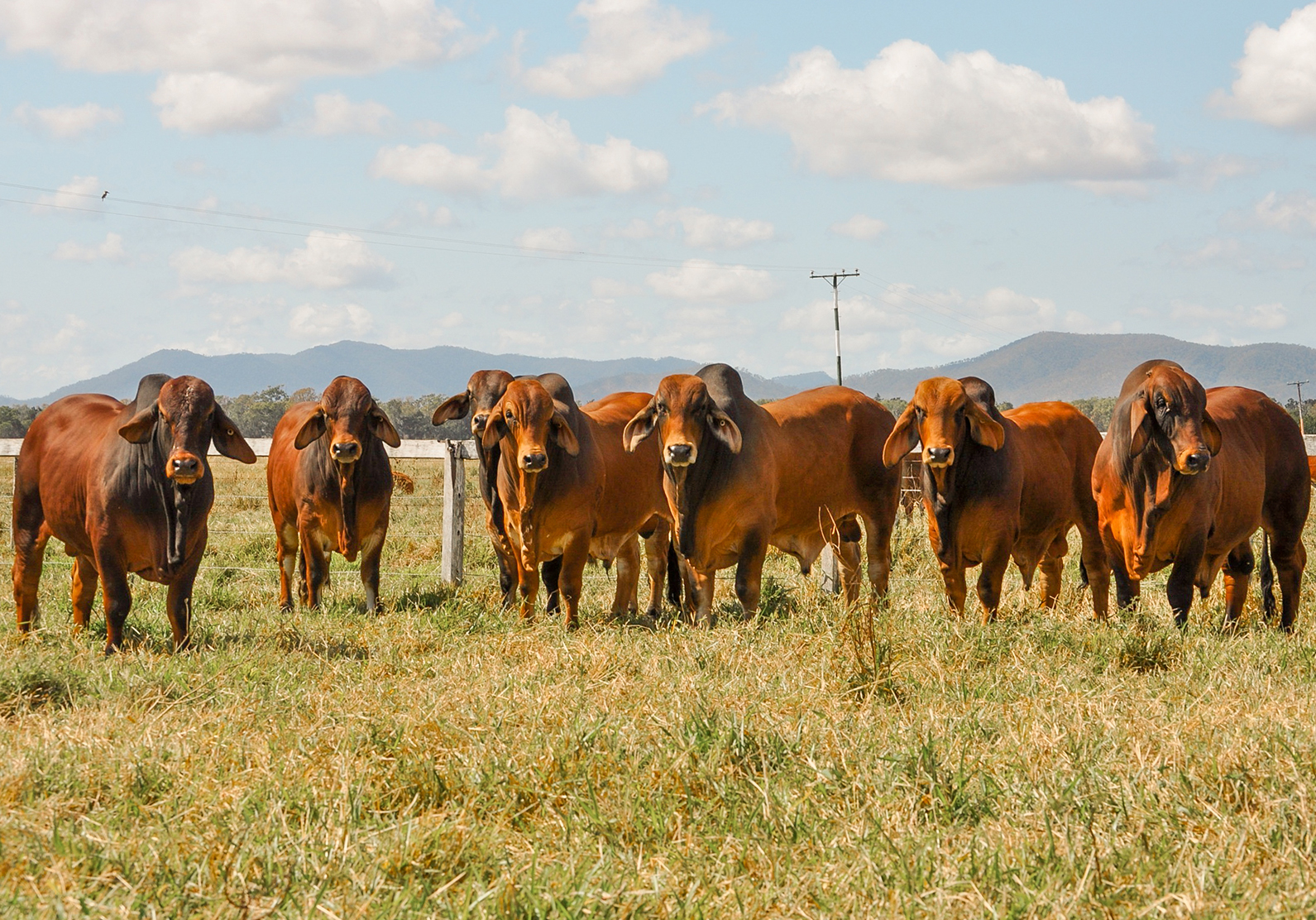At Rockley Brahmans, we have a strong focus on breeding and selling structurally sound cattle. Our high standards mean you can be confident you’re purchasing Red Brahmans with strong, predictable genetics that lead to longevity and efficiency in the paddock. If you purchase Red Brahmans that aren’t structurally sound, the consequences could be dire for your stud or herd. Here’s why…
If you risk purchasing Red Brahmans that don’t measure up in terms of structural soundness, you could find yourself (and your property) facing serious financial losses. Common consequences of ill-advised Red Brahman purchases include shorter life spans, issues with heritability (i.e. traits of structurally unsound cattle are passed down to progeny) and unpredictability in terms of long-term performance.
Bull selection can have an immediate impact on your herd and through their progeny the effects can last for roughly 15 to 16 years. When purchasing a bull, your aim should be to get the maximum amount of cows in calf in a minimum amount of time. To do this the bull needs to be structurally sound. It is important to supplement visual assessments with carefully collected data regarding the things you can’t see. A fully completed Bull Breeding Soundness Evaluation can help uncover some unknowns in terms of reproductive soundness.
At Rockley Brahmans, we closely monitor our cattle for structural soundness. Needless to say, assessing the entire animal is critical but we pay particular attention to bulls and females’ feet, legs, sheath and navel.
Ideally, when an animal is viewed front-on, we look for straight front legs with minimal or no signs of bowing (in or out). The structure of the hind legs is similar to that of the front legs. When viewed from the side, the animal’s back legs should be at a moderate angle, necessary for the bull to service a female after mounting. A structurally correct animal, when walking, will place their hind foot in exactly the mark left by their front foot.
Faults in back legs include sickle hock (too much angle), bow-legged (bowed out) cow-hocked (knock kneed) and post legged (straight). Foot problems compounded by poor leg structure cause lameness, which will have a major impact on the bull’s productivity. Further, be aware of any feet defects and abnormalities such as overgrown, scissor or curved claws. Any swelling in the animal’s joints is cause for concern.
The sheath should hang close to the body. A pendulous sheath is more prone to injury or infection. Some bulls have a very thick residue of the umbilicus cord (navel) which is often associated with a large inverted fold of skin referred to as the ‘rosette’, these traits can detrimentally affect the bull’s ability to service a cow.
Whilst we understand that it’s impossible for Mother Nature (or us) to produce a ‘perfect’ specimen, our best efforts are made to ensure our cattle are as structurally sound as possible. Our processes include ongoing visual assessments and pedigree analysis.
To find out more about assessing your potential purchase for structural soundness, please call us at Rockley Bajool 07 4934 6317 or Ungarra Moura 0408 780 810 or email kirk@rockleybrahmans.com.au.



